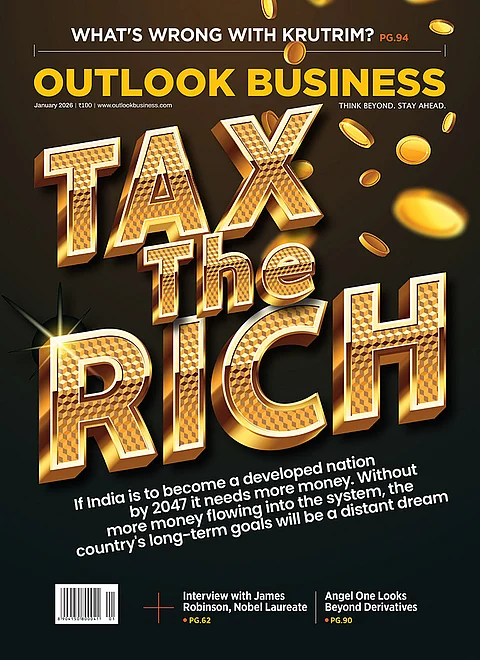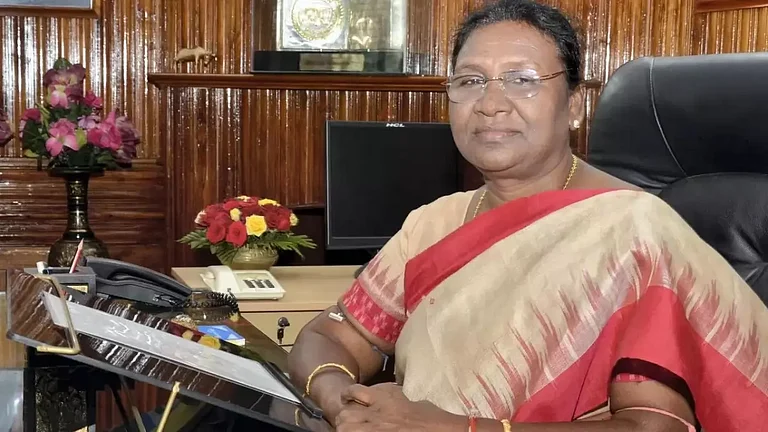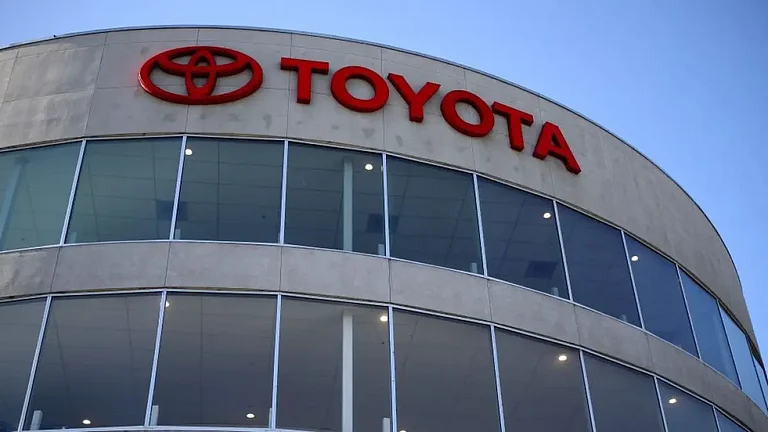As Outlook Money celebrates its 19th anniversary, let me congratulate you for serving your readers, print to digital, as a personal finance specialist and evolving into one of India's leading magazines. Interestingly, your journey has also coincided with the rapid evolution of digital payments in India. From ATM cards, debit card and credit cards to mobile wallets and IoT (Internet of Things) payment solutions, as a nation we have made rapid strides in the way we transact over these years.
Outlook Money’s start also coincided with the time Visa first launched its debit cards in India. Since then debit cards have grown to over 880 million in numbers, virtually one for every adult in this country. With an additional 31 million credit cards in circulation, the convenience, security and ubiquity offered by cards doesn’t warrant a debate anymore. Cards in particular and digital payments in general have continued to witness explosive growth, more so over the last one year.
Newer forms of payments such as QR and contactless technologies have added further impetus to this growth. Earlier this year, we launched Bharat QR, the world’s first interoperable Quick Response (QR) code acceptance solution followed by contactless technology via Samsung Pay. The acceptance and popularity of these have dispelled any myths around the Indian consumer’s resistance towards digital payments.
This was most evident in the months after demonetisation, with mobile wallets leading the charge in helping consumers' transition into a digital ecosystem. With their ease and convenience, mobile wallets also brought in a new set of native cash consumers. The expansion of this digital footprint in turn was best leveraged by banks and card networks, offering them a slew of products helping customers quickly move up the chain thus extending the advantages of digital payments deeper into the business ecosystem.
Case in point being the rapid growth in the card acceptance network which has added over a million POS terminals over the past few months to form a 2.6 million strong network. While mobile wallets continue to evolve and newer forms of digital payments continue to emerge each day, what’s evident is the consumer’s clear preference for faster, secure and reliable forms of payments.
Market reports predict the digital payments industry in India will grow by 10 times to touch $500 billion by 2020, contributing 15 per cent to the GDP. Penetration of smart phones, the entry of non-banking institutions offering payment services, consumer readiness to adopt digital payments, along with progressive changes in the regulatory framework will further enable the economy and empower commerce to flourish. Critical to this growth will be the ability of digital payments systems to provide a seamless experience to consumers, businesses, financial institutions and governments alike.
Growing at an average of 2 per cent each month, digital payments have now clocked Rs 113.73 trillion transactions each month. A market as mainstream mandates that each participant must be able to offer best class products at competitive prices and in the most secure environment. As history has taught us, trust in financial services is almost always limited to the security, reliability and consistent consumer experience that one has to offer.
With the spectrum of commerce growing in size, complexity and ubiquity; payments systems often run the risk of prioritising customer acquisitions over ensuring a secure and reliable service. In an interconnected world like ours, it is critical to ensure the perfect balance between the two. There is a greater need for privacy and security controls that deliver on simplicity, interoperability, convenience and wider access without compromising on customer experience.
Digital payments are here to stay. A Visa study conducted last year identified cash transactions leaving a 1.7 per cent negative impact on the GDP, a number that we can certainly improve with all our efforts. The future belongs to frictionless payments anytime, everywhere— payment mechanism which is effortless, intuitive and empowers humanity to pay seamlessly in the connected age. Greater security, global access, interoperability and financial sustainability of the operator will be the key to survival in this hyper competitive marketplace.
T R Ramachandran
Group Country Manager, Visa India & South Asia


























